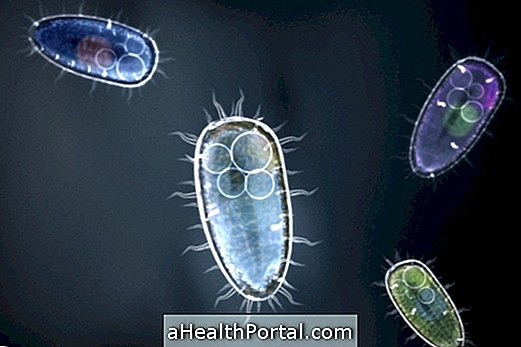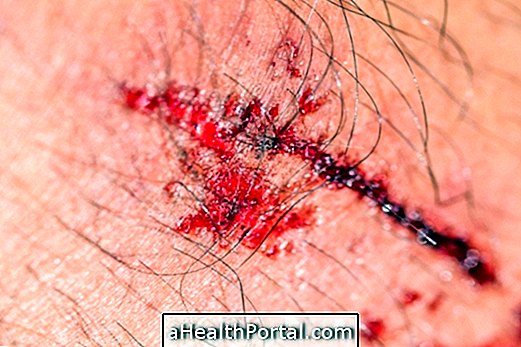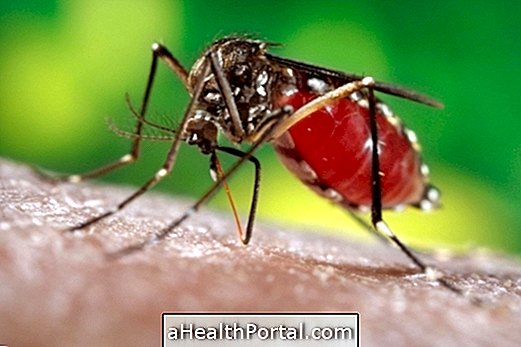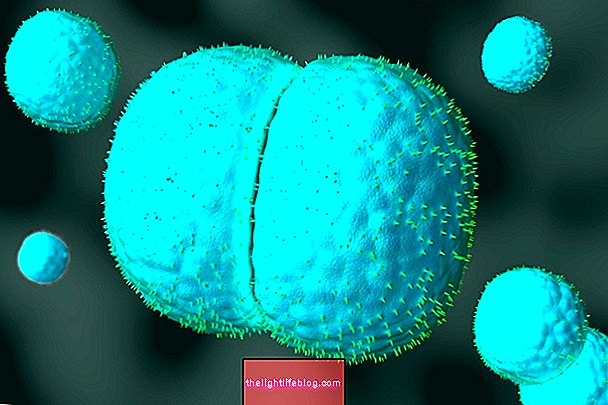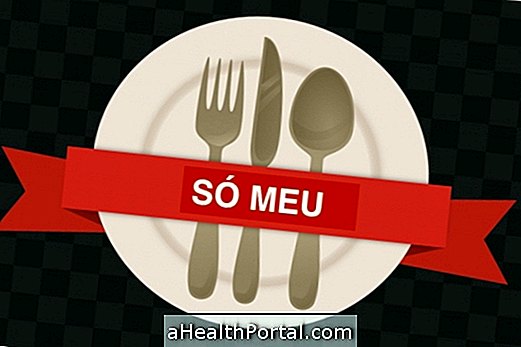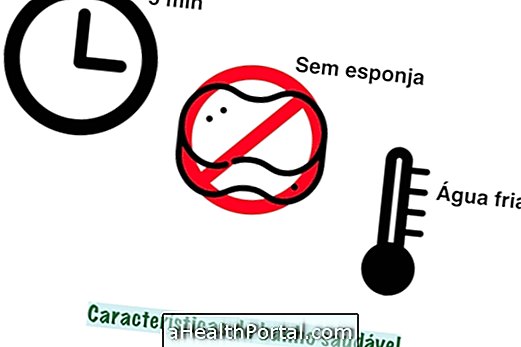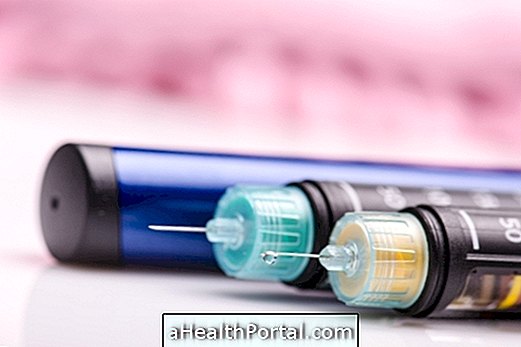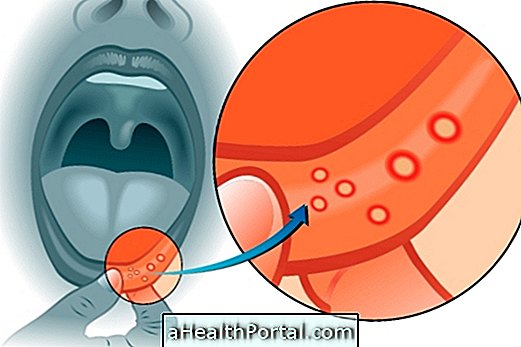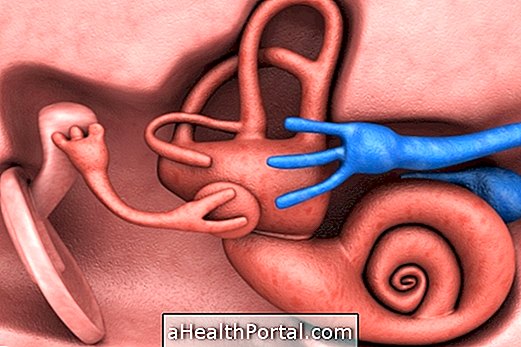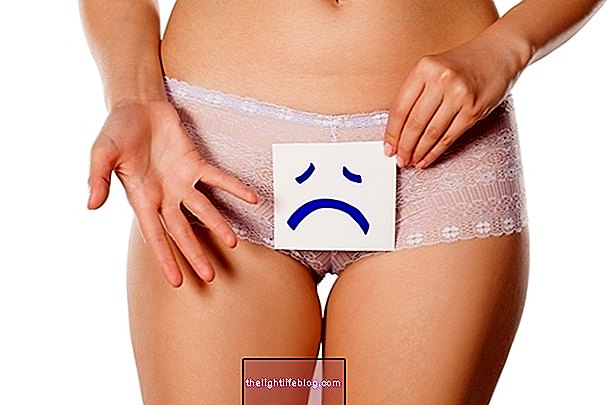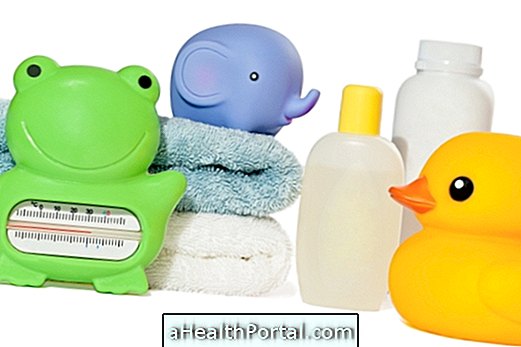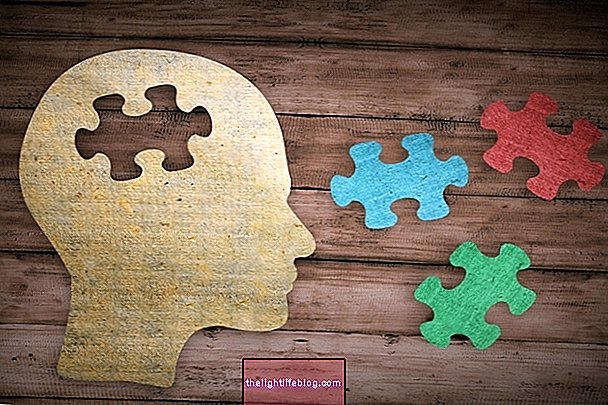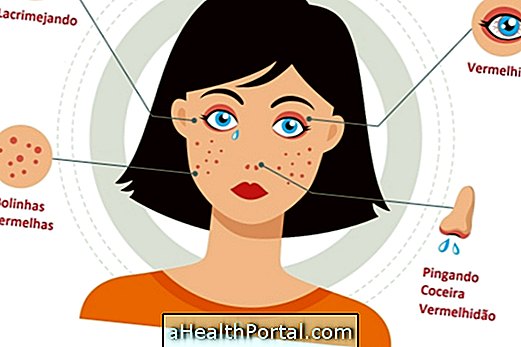Poliomyelitis, popularly known as childhood paralysis, is an infectious disease caused by poliovirus, which usually lives in the intestines, but can reach the bloodstream and in some cases affect the nervous system, causing limb paralysis, motor changes and, in some cases, may even cause death.
The virus is transmitted from person to person through contact with secretions, such as saliva, or by the consumption of water and food containing contaminated stool, affecting children more often, especially if there is poor hygiene.
Although there are currently only a few reported cases of poliomyelitis, it is important to vaccinate children up to age 5 to prevent the disease from recurring and the virus can spread to other children. Learn more about the polio vaccine.
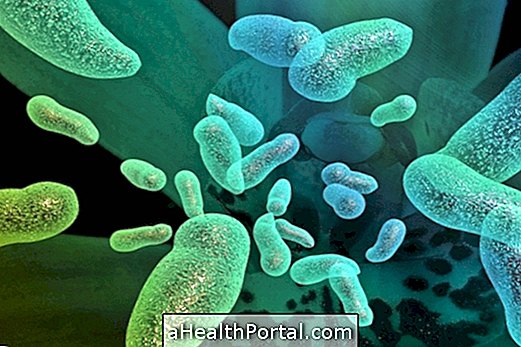
Symptoms of Poliomyelitis
Most often, poliovirus infection causes no symptoms, and when they appear, they include varying symptoms, allowing polio to be classified as non-paralytic and paralytic according to its symptoms:
Non-paralytic poliomyelitis
Symptoms that may arise after infection by poliovirus are usually related to the non-paralytic form of the disease, which is characterized by:
- Low fever;
- Headache and backache;
- General malaise;
- Vomiting and nausea;
- Sore throat;
- Muscle weakness;
- Pain or stiffness in the arms or legs;
- Constipation.
Paralytic poliomyelitis
In only a few cases can the person develop the severe paralytic form of the disease, in which neurons of the nervous system are destroyed, causing paralysis in one limb with loss of strength and reflexes.
In even rarer situations, if a large part of the nervous system is compromised, there may be loss of motor coordination, difficulty in swallowing, respiratory paralysis, which may even lead to death. See what are the sequelae of poliomyelitis.
How Transmission Happens
The transmission of polio is done from one person to another, as viruses are eliminated in the feces or in secretions such as saliva, phlegm and mucus. Thus, infection occurs through the consumption of food containing feces or contact with contaminated secretion droplets.
Contamination is more common in environments with poor sanitation and poor hygiene, with children being the most affected, however, it is also possible for adults to be affected, especially those with compromised immunity, such as the elderly and malnourished people.

How to prevent
To avoid poliovirus infection, it is important to invest in improvements in sanitation, water decontamination, and proper washing of food.
However, the main way to prevent polio is through vaccination, where 5 doses are required, from 2 months to 5 years of age. Know the schedule of vaccination of the child from 4 to 10 years.
How is the treatment done?
Like other viruses, poliomyelitis does not have a specific treatment, and it is advised to rest and drink fluids, and medicines such as Paracetamol or Dipirone can be used to relieve fever and pain in the body.
In the most severe cases, where there is paralysis, the treatment may also include physiotherapy sessions, in which techniques and equipment are used, such as orthotics, to adjust posture and help reduce the effects of day-to-day person. Learn how polio treatment is done.
